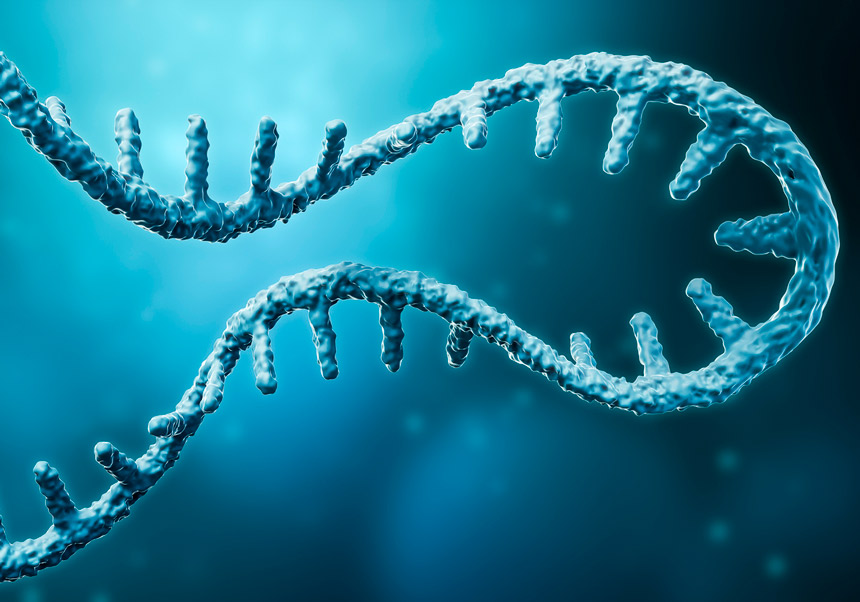Users
Social media
- More details here...
- Address
Parc Científic de la Universitat de València C/
Catedrático Agustín Escardino, 9
46980 Paterna (Valencia) Spain - Email:
iu.i2sysbio@uv.es - Phone:
(+34) 963544810
- Address
Links
I2SysBio researchers determine the factors that allow a human RNA virus to mutate and facilitate its contagion

Investigation
I2SysBio researchers determine the factors that allow a human RNA virus to mutate and facilitate its contagion

The Institute of Integrative Systems Biology I2SysBio (CSIC-UV) carries out the first analysis of all the mutations of the set of proteins from coxsackievirus B3, which causes severe inflammation of the heart.
RNA viruses, which have ribonucleic acid or RNA as genetic material instead of DNA or deoxyribonucleic acid, have some of the highest mutation rates in nature. This allows them to circumvent the immune system to continue infecting, and makes it more difficult to create drugs to prevent it. Now, a team from the Institute of Integrative Systems Biology (I2SysBio), a mixed center of the Higher Council for Scientific Research (CSIC) and the University of Valencia (UV), has carried out the first analysis on how mutations affect the complete proteome of an RNA virus, finding a significant variability in tolerance to mutations between different viral proteins. This will facilitate the development of drugs that reduce the probability of the virus developing resistance.
The high mutation rate of RNA viruses is due to the fact that their replication is controlled by a protein, called RNA polymerase, with a tendency to make errors when generating new copies of the virus genome. These mutations present a heterogeneous distribution, suggesting that the different viral proteins differ in their way of tolerating mutations.
To understand this phenomenon, the authors of this study carried out an exhaustive analysis of how mutations in the different proteins encoded by the viral genome affect the viability of a human RNA virus, coxsackievirus B3, which causes severe inflammation of the heart in humans.
Using a technique called 'deep mutational scanning', with which they produce populations of viruses that encode almost all possible mutations and detect the frequency of these changes using the latest genetic sequencing techniques, the authors have been able to determine the effect of more than 40,000 mutations and 1,300 deletions (loss of genetic material) on the viability of the virus. "It is necessary to generate viral populations that harbor a large amount of diversity and be able to sequence them with high fidelity. Few laboratories can do this," says Ron Geller, CSIC researcher at I2SysBio who leads the study.
Pockets to house antiviral drugs
The authors found a significant variability in tolerance to mutations between the different viral proteins. This variability is related to specific structural and functional characteristics of each protein. Furthermore, they observed that these effects are maintained in different types of cells, with the exception of some residues involved in the entry of the virus into the cell. This highlights the importance of entry factors in the viral expansion process, the researchers say.
"We analyzed the so-called 'pockets', holes in the viral proteins with favorable properties to be attacked by small drug molecules. We found twelve pockets of this type distributed in different viral proteins," reveals Geller. "Next, we discovered that some of these pockets are very intolerant to mutations, so it is likely that any mutation that leads to drug resistance is also lethal to the virus, which would prevent the spread of said mutants. Others showed a very high tolerance to mutations, so they may not be good drug targets," argues the CSIC researcher.
Drug development
This is the first analysis of how mutations affect a complete proteome of a human RNA virus made to date, allowing a direct comparison between the different classes of proteins of their tolerance to mutations, the researchers highlight. The results, published in the journal PLoS Biology, provide a set of data that helps to better understand the biology and evolution of this type of virus, which belongs to a family of viruses with medical relevance for humans, such as poliovirus, rhinovirus or enterovirus.
“One of the main challenges in the development of antiviral molecules is the appearance of mutations that allow the virus to escape these drugs,” explains Geller. “The data provided in this study on the tolerance of viral proteins to mutations could be used to identify regions with low tolerance to mutations, facilitating the development of drugs that reduce the probability that the virus develops resistance,” he concludes.
Reference:
Beatriz Álvarez-Rodríguez, Sebastian Velandia-Álvarez, Christina Toft, Ron Geller (2024). Mapping mutational fitness effects across the coxsackievirus B3 proteome reveals distinct profiles of mutation tolerability. PLoS Biology 22(7): e3002709. DOI: 10.1371/journal.pbio.3002709


